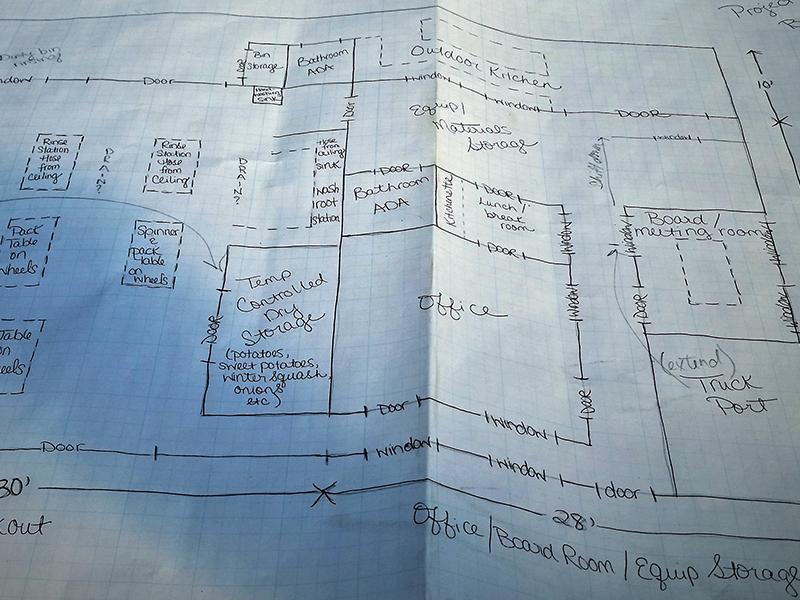On this Page

Frequently Asked Questions
Click on the questions below to see answers.
Food Safety Plan Writing Resources
Food Safety Plans
NCSU guidance documents for preparing a food safety plan. Categorized by broad topics that set the stage for developing your plan.
https://ncfreshproducesafety.ces.ncsu.edu/ncfreshproducesafety-gaps-food-safety-plans/
Food Safety Begins on the Farm: A Grower Self Assessment of Food Safety Risks
The excellent resource is designed to guide growers through the process of identifying risks particular to their operation, developing appropriate solutions, implementing good agricultural practices and developing a farm food safety plan. This document has 21 sections allowing growers to evaluate many different parts of their operation including harvest sanitation, worker hygiene, wild animals, water use, farm biosecurity, and crisis management. Each section contains worksheets so that growers can document their progress and plan for GAPs implementation. Can be purchased or downloaded.
How to Write a Standard Operating Procedure
Standard Operating Procedures: A Writing Guide
A nice explanation of how to write an SOP. While focused on dairies, this guide does a nice job of explaining the process and different ways an SOP can be written.
National Good Agricultural Practices Program Log Sheets & SOPs
The information in the template food safety plan, SOPs, and recordkeeping logs are examples you can use, but should be tailored to fit your farm operation and practices. While these documents are meant as guidance for risk reduction and for educational use, they are not regulatory and are not intended to be used as audit metrics. These documents are subject to change without notice based on the best available science.
On-Farm Food Safety Project
A part of FamilyFarmed, the On-Farm Food Safety Project helps you learn about food safety, create a personalized on-farm food safety plan, and become food safety certified. We strongly urge growers to check in with the Fresh Produce Food Safety Team for guidance with GAP certification as you move ahead with your preparation and food safety plan.